Bike Perfect Verdict
A well-made high-end fork that is most suited to the fit-and-forget high mileage riders, rather than those who like to tinker with their suspension setups. The combination of a coil and air spring gives it a magic carpet feeling, and the latest damper is an improvement over the original, with more support throughout the suspension stroke.
Pros
- +
Coil spring gives small bump sensitivity
- +
Simple setup with a helpful app
- +
New dials are a big improvement over the original
- +
Position-sensitive damper gives support throughout the travel
- +
High-quality feel
Cons
- -
Not possible to adjust travel easily
- -
Limited adjustment and tuning options
- -
29-inch wheel versions only
Why trust BikePerfect
You may be familiar with DT Swiss’s popular wheels, which feature in our best mountain bike wheels guide, but you might not know about the brand's suspension offerings. We have covered them here in our A to Z of MTB suspension feature, but they are still a rare sight on the trails.
DT first launched the F 535 five years ago now. At the time, it had some innovative ideas which garnered a small loyal following but didn't set the world alight, having damper niggles and adjusters covered by panels – which gave the fork a very stealthy look but made adjustments much harder than they ought to be. DT has recently released an updated version of the original, and I've been testing them to see if they've managed to address some of the issues from the first gen models.
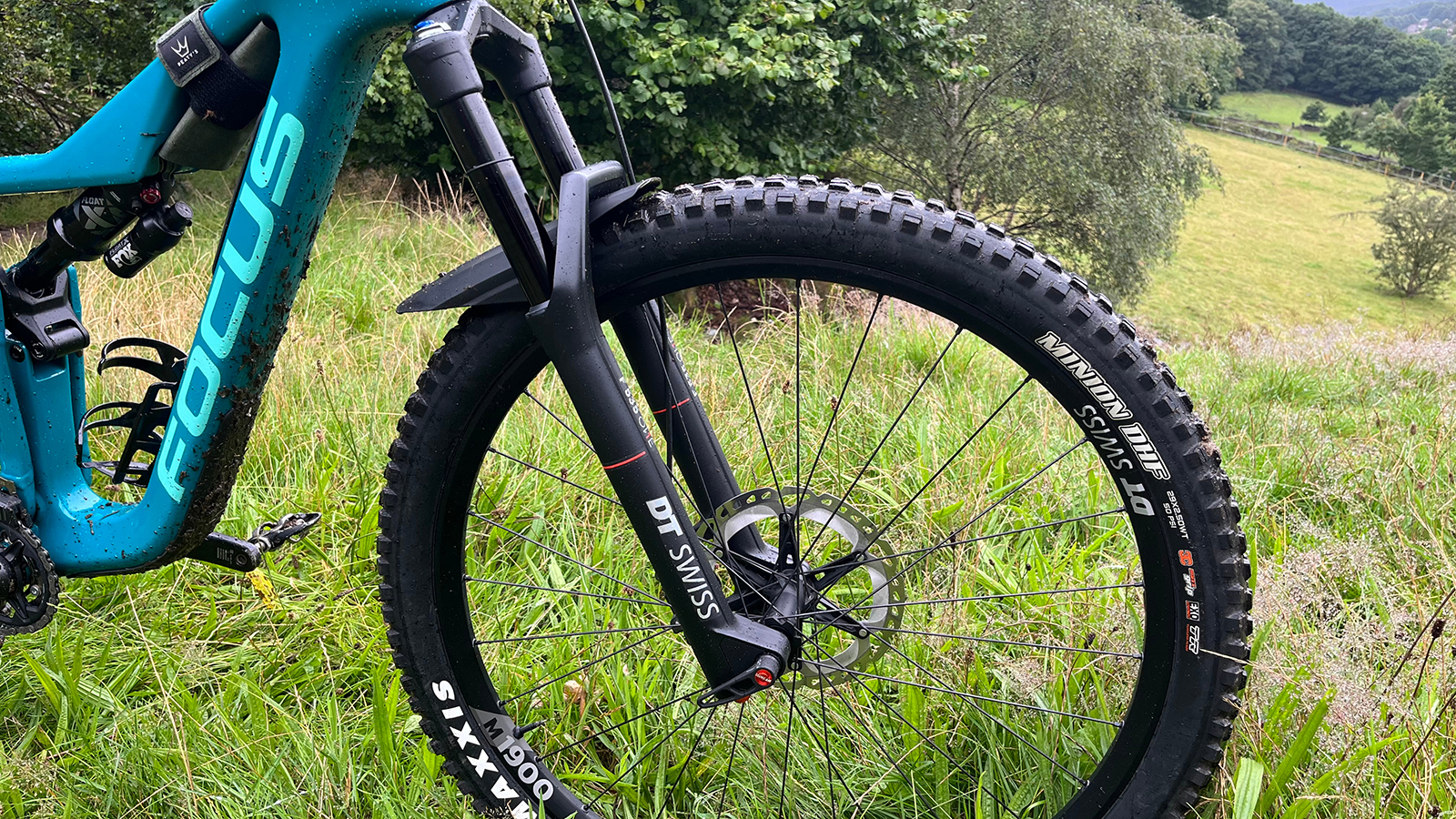
Design and specifications
The fork still has a similar silhouette, with an angular, solid look about it, in keeping with the original design. It features 35mm wide stanchions and uses the same magnesium lower legs as the originals with a 15mm x 110mm Boost spacing axle with a neatly hidden threaded end and alloy crown – just like the previous generation, but importantly, DT have changed the dial on the top of the fork. This new version has a more conventional-looking layout, with the air spring on the left-hand side as you look down from the bars and the damping on the right-hand side, and much like most brands, the compression adjustments can be made using the dial at the top, the rebound at the bottom.
They are only available in 29-inch with one 44mm short offset available. Travel-wise, five versions are available, from 120mm up to 160mm in 10mm increments, and weights start from 2,090g.
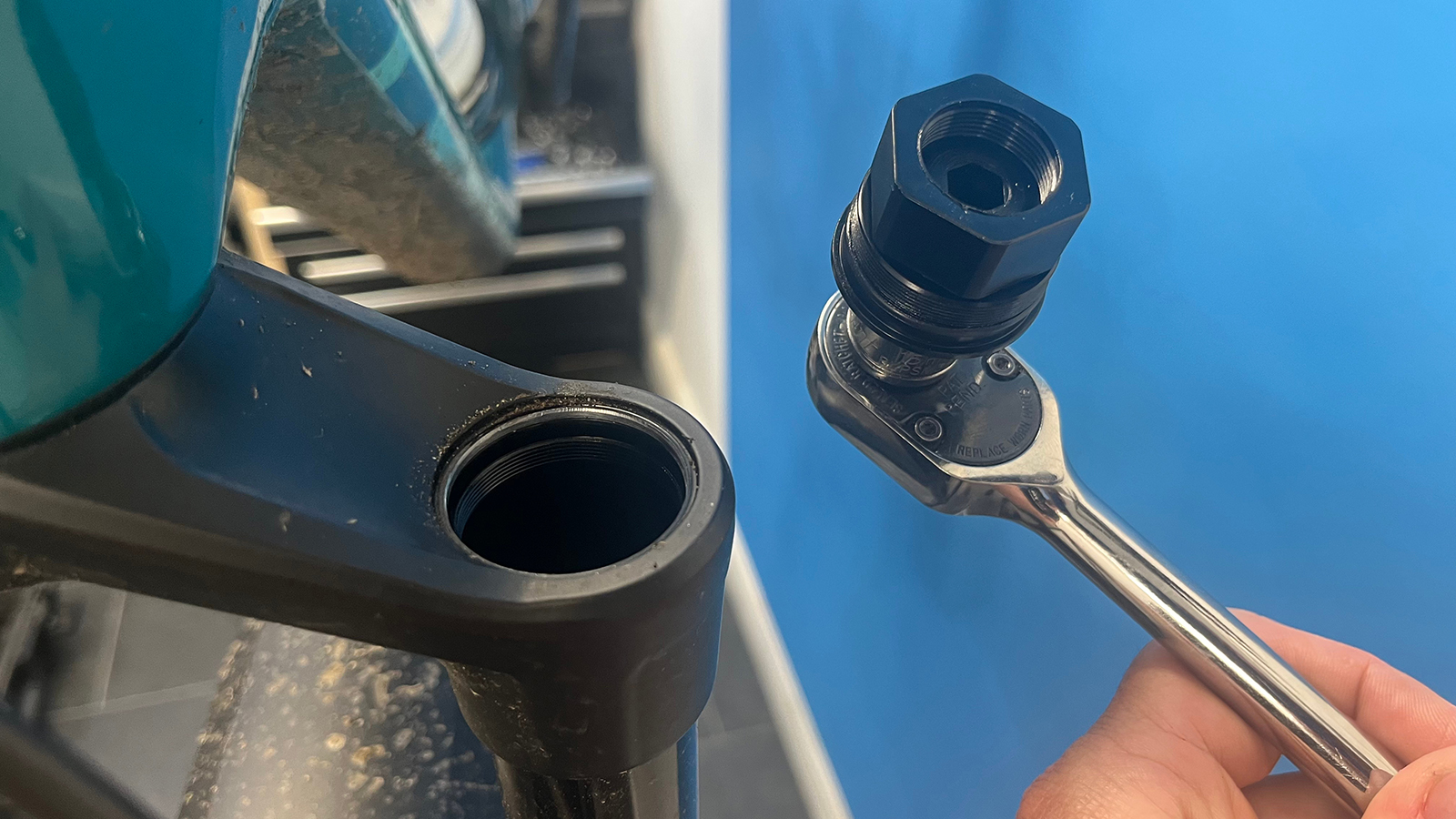
The air pressure is adjusted using the Schrader valve underneath the top cap, and you can also use spacers to adjust the air chamber volume if you want the fork to feel more progressive. They come with one fitted as standard, with an extra two supplied in the box, and changing them is a straightforward procedure. Release all the air, remove the top cap using a 15mm socket, and simply unscrew or add using an 8mm Allen key. The 'Incontrol' damping dial is all new, with a three-position adjuster in silver to go from the fully active open mode, firmer feeling drive mode, or fully locked out. There is also a neat blue compression dial on top of this, which gives 12 clicks of adjustment. Rebound damping is adjusted at the bottom of the fork, with 29 clicks giving you plenty of options for fine-tuning the feel.
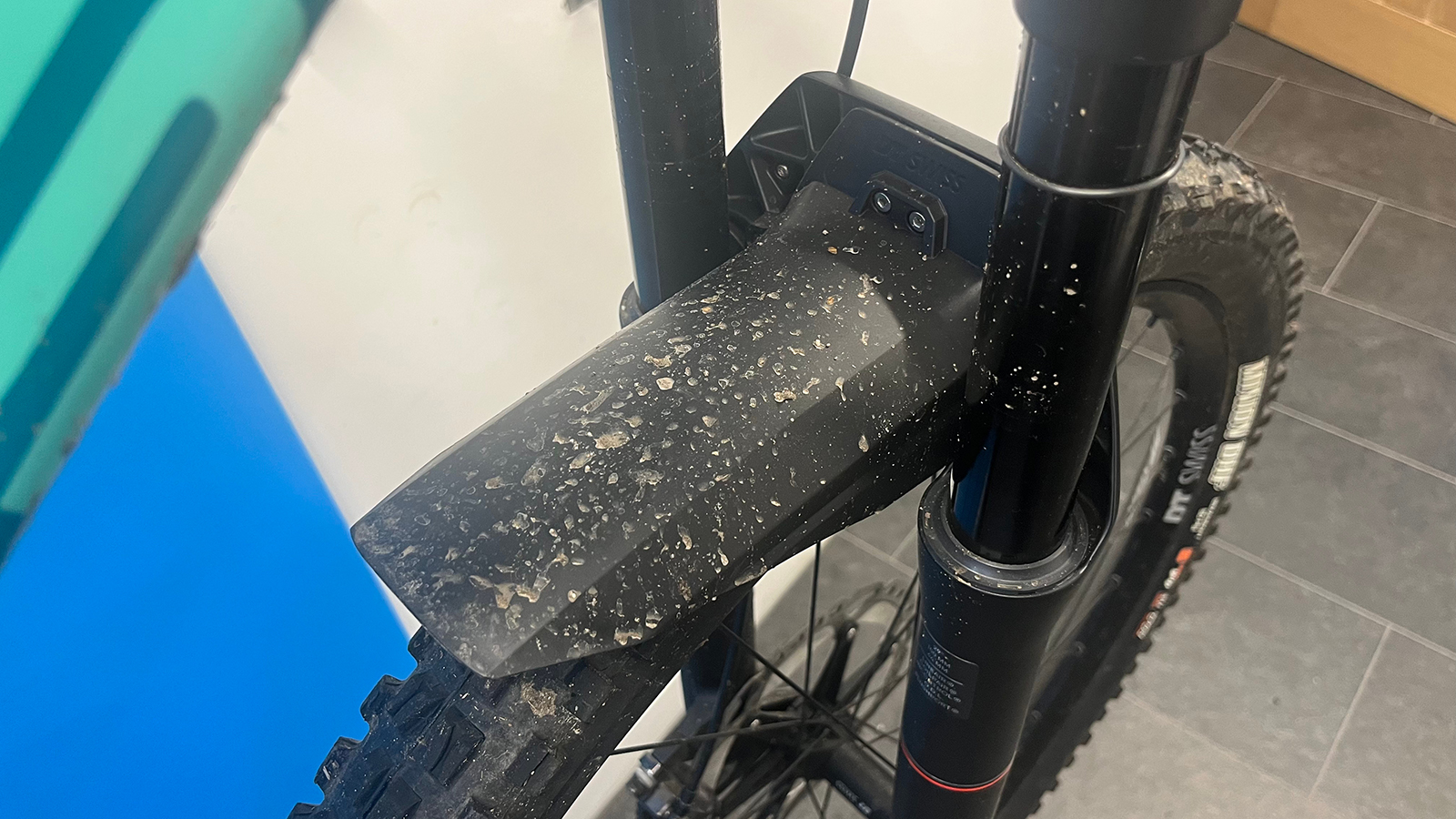
As well as the three volume spacers, the fork ships with a very neat integrated fender, which looks robust and well-made but not nearly big enough for a proper British winter.
The internals have changed only slightly from the original F 535 fork. Instead of a complete reboot, DT has followed its path in wheels and hubs by evolving the tech to improve on the original. The coil spring is one of the key reasons for the fork's super-smooth starting stroke, using both a coil and an air spring. An air spring is lighter than a steel coil, but a high-pressure air chamber's tight seals and initial resistance can mean that a high force is needed to start the spring moving, which is felt as stiction on a normal suspension setup. A steel coil requires a lot less force to start moving, but the weight is an issue in light forks, so DT has combined the two to create its ‘Coilpar Technology’, which uses a short coil spring for the first 30mm of the suspension action and an air spring for the remaining travel – which should give the perfect blend of small bump sensitivity but also a spring that ramps up resistance through its travel.
Damping is controlled by DT's own damper technology dubbed Plushport. It is a position-sensitive damper that adjusts as it goes through the travel. The damper starts in the fully open position, but as the fork compresses, the port gradually closes, which increases the amount of compression damping provided as you compress the fork. The idea is that it is fully active when riding smooth terrain, but as the trail gets rowdier, you get more damping, which gives more support and prevents the fork from diving or running too low in its travel, which will steepen up your head angle, and make the bike harder to control in technical sections. The original version had mixed reviews, but DT says it has tweaked the damping based on rider feedback and its own testing on this version.
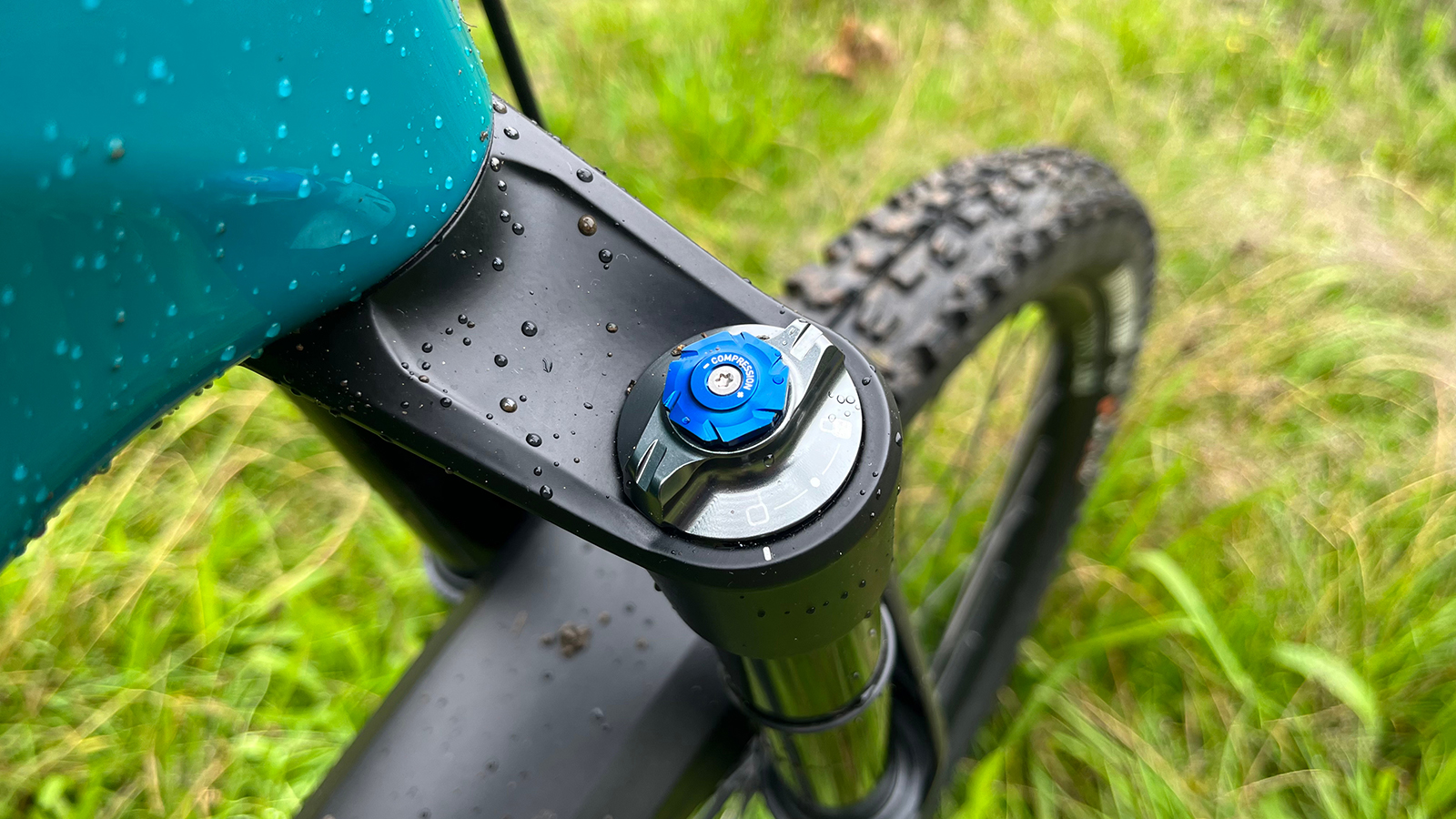
Performance
The initial setup was super easy, and unlike many brands, DT hasn't put suggested settings on the back of the fork. Instead, it has created an online setup guide. Simply pop in whether you are riding an electric or standard MTB, what travel setting you have, and your weight in riding kit, and it will give you the exact air pressure you need and the amount of compression and rebound damping clicks required. My weight of 85kg in riding kit (pre-cafe cake stop) suggested I needed 84.1 psi, with 18 clicks of rebound and no extra compression damping with the one token already fitted.
As a starting point, this was pretty close to how I wanted the fork to feel, with the sag on my 150mm fork being spot on, so kudos to DT there. Often, suggested settings can be way off, but it's clear the company has put a lot of thought and input into helping riders get the optimum setup. The new fork has managed to keep the buttery smooth feeling of the original, too. The first 30mm of travel is the smoothest of any brand I have used since an early open oil bath Marzocchi, with what feels like virtually no stiction. I continued with the suggested settings for my first few rides while the seals and bushings bedded in, which worked well.
Whilst I really liked the suppleness of the fork and the extra grip it provides, I was finding that the fork ramped up too much, and I wasn't able to achieve full travel, with the last 10-15 percent being impossible to reach no matter how hard I tried, and on the local rocky trails, there's usually no shortage of opportunities to max out your suspension. I tried riding with less pressure, but the position-sensitive damper is really dependent on you riding with the spring at the right pressure. The next port of call was to remove the volume spacer, which solved the issue. It was still difficult to achieve full travel as there was an aggressive rise in compression damping, but as I like a fork to sit high in its travel, this was perfect for me.
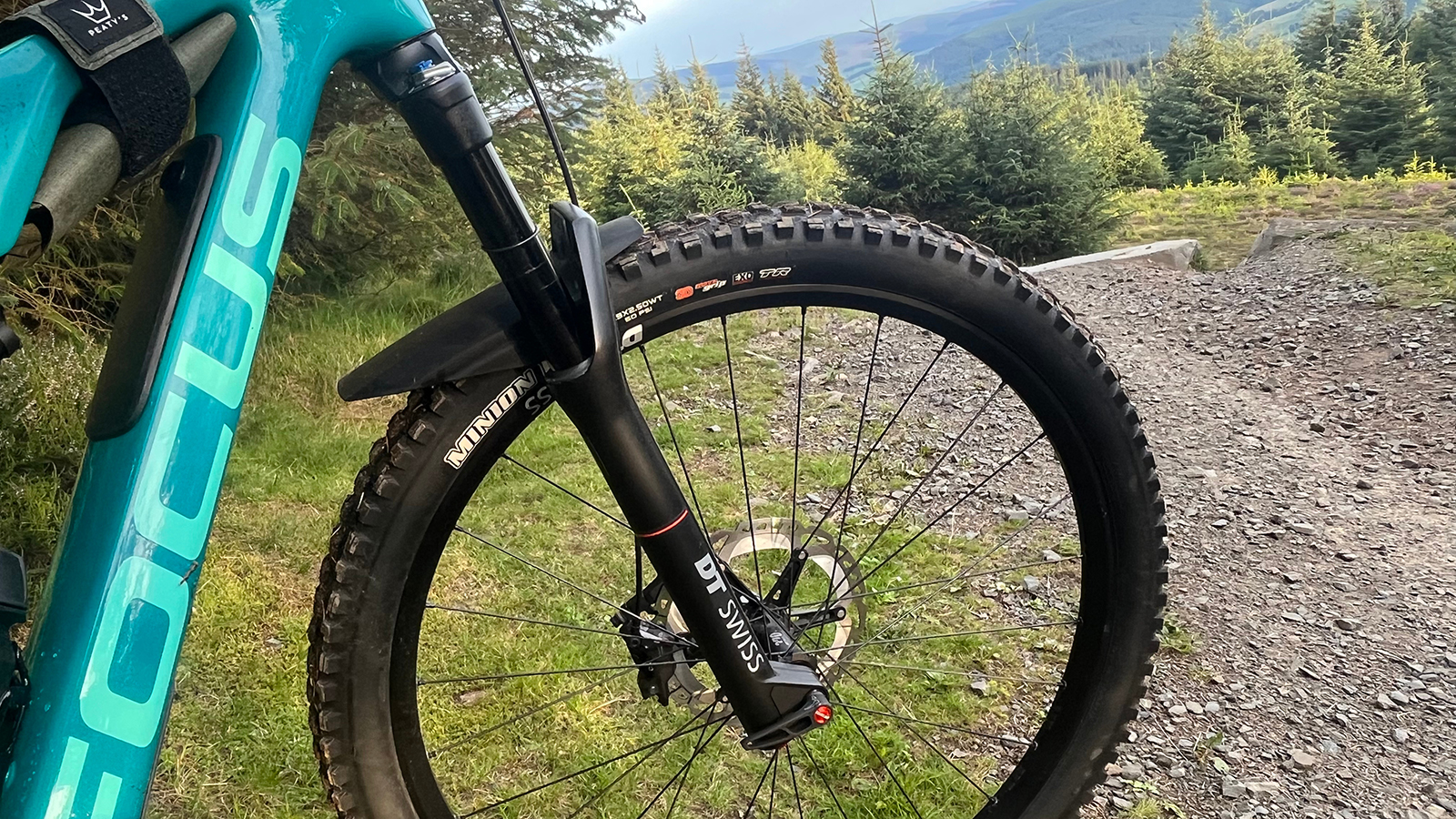
The suggested rebound setup was perfect, which, again, I'll be honest, surprised me. With 29 clicks of adjustment, there's plenty of scope for tweaking, but the setting I kept returning to was the suggested 18 clicks. The compression dial was rarely used, if I'm honest, on all bar the steepest tracks on my recent visit up to the Tweed Valley, as the Plushport damping felt like it was in the sweet spot 90 percent of the time for me. It's a very neat system, and the changes to the compression curve have helped. I had run the original fork for some time when it first launched, which is a noticeable improvement with impeccable manners for most of my riding.
This fork really isn't one for the fettlers out there, as bar the removal of a volume spacer, the suggested settings were spot on for me. The damper and spring combo has a very small window setup wise; a bit too soft or a touch too much pressure really stopped the Plushport damping working properly. It's great if you are happy just to set your fork and ride it, but for those who know their shim stacks from their seal heads, this probably isn't the fork for you. The specific nature of the damper also makes travel changes difficult and very expensive, as you need to change the damper shaft and air spring to achieve harmony between spring and damper.
The 150mm version I had on test was more than stiff enough compared to the Fox 36 it had replaced for trail duties, with plenty of grip and feedback from the front wheel. The fork felt like it had more travel than it does, only really getting out of shape on the worst off-piste rocky trails, but even then, there were no harsh spikes or odd surprises. The 150mm version was as much travel as I would want, though, on 35mm stanchions, I think the perfect combo would be around the 130/140mm mark fitted to a fast trail bike like a Santa Cruz Tallboy or similar for long days out on all kinds of terrain.
The spring and damper felt like they were working well together, and the evolutionary work DT has done with F 535 One has paid off with subtle improvements, making a previously OK fork into a very good one. At over a grand, it's an expensive option though, but during testing, it has performed well with no issues so far. And if DT Swiss’s wheel reliability is anything to go by, these should stay that way for a while.
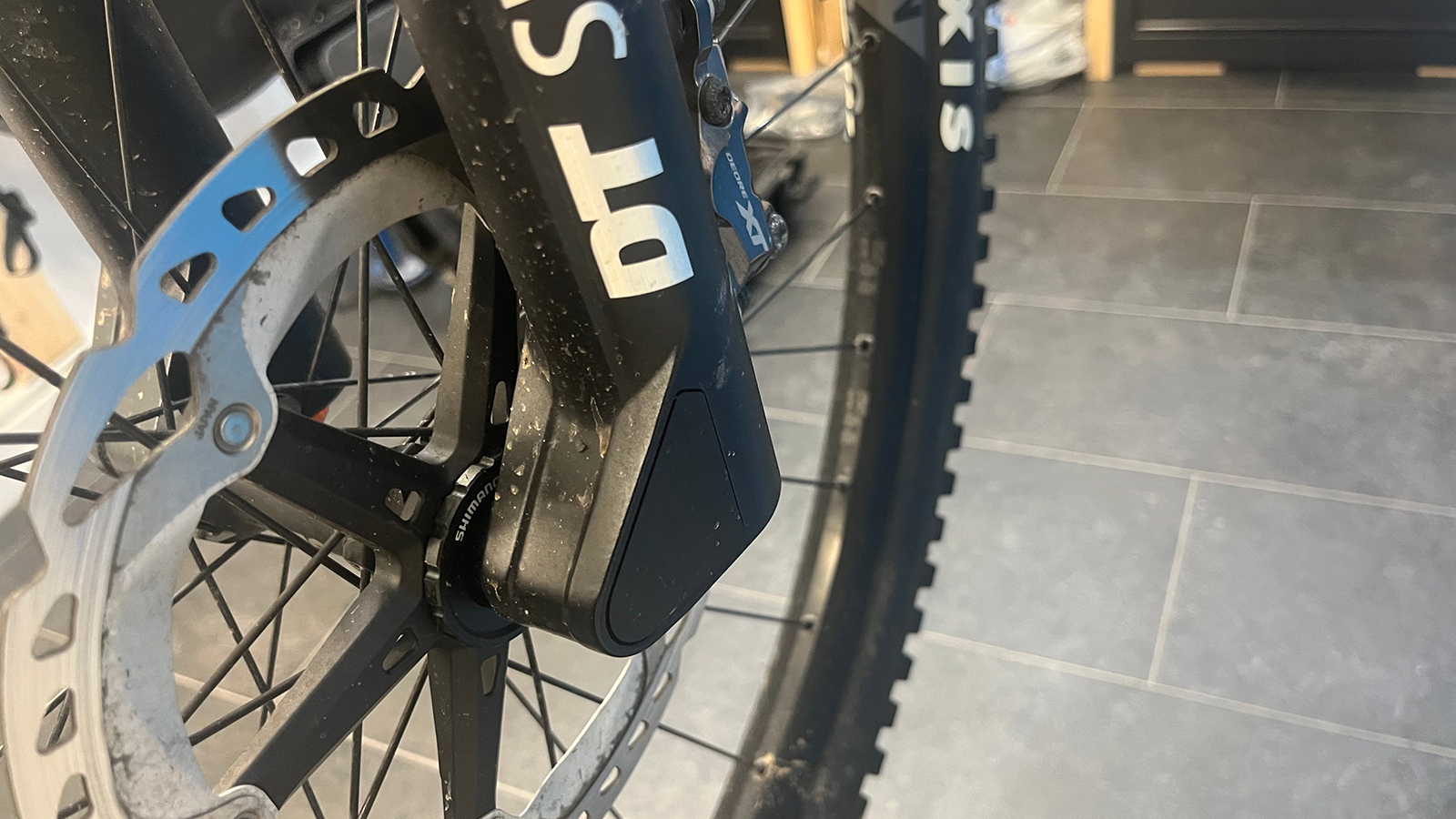
Verdict
The F 535 One, with some subtle improvements, is a lot better than its predecessor and, although pricey, is a genuinely viable alternative to the other two main suspension brands out there, as long as you don't want full adjustment and tuning options. If you are the sort of rider who values time on the trail more than time in the workshop and wants a capable magic carpet-esque and easy to set up ride, then this should be high up on your wish list.
Tech specs: DT Swiss F 535 One
- Price: $1,149 / £1,049.99 / €1,149
- Wheel size: 29-inch only
- Travel: 120mm/130mm/140mm/150mm/160mm
- Stanchion diameter: 35mm
- Offset: 44mm
- Weight: 2,163 grams
- Brake mount: Postmount 7”
- Color: Matt black

Neal has been riding bikes of all persuasions for over 20 years and has had a go at racing most of them to a pretty average level across the board. From town center criteriums to the Megavalanche and pretty much everything in between. Neal has worked in the bicycle industry his entire working life, from starting out as a Saturday lad at the local bike shop to working for global brands in a variety of roles; he has built an in-depth knowledge and love of all things tech. Based in Sheffield, UK, he can be found riding the incredible local trails on a wide variety of bikes whenever he can

